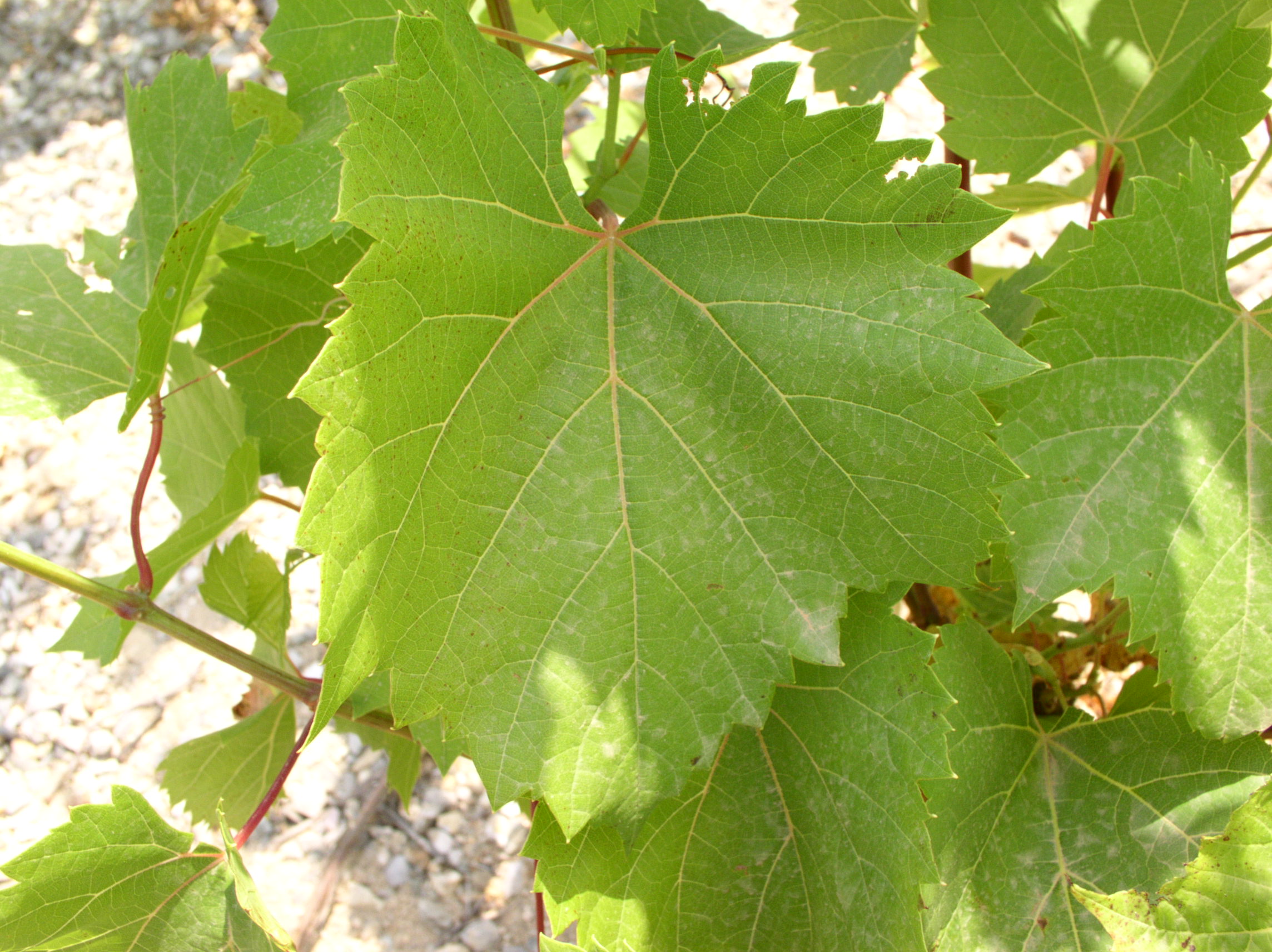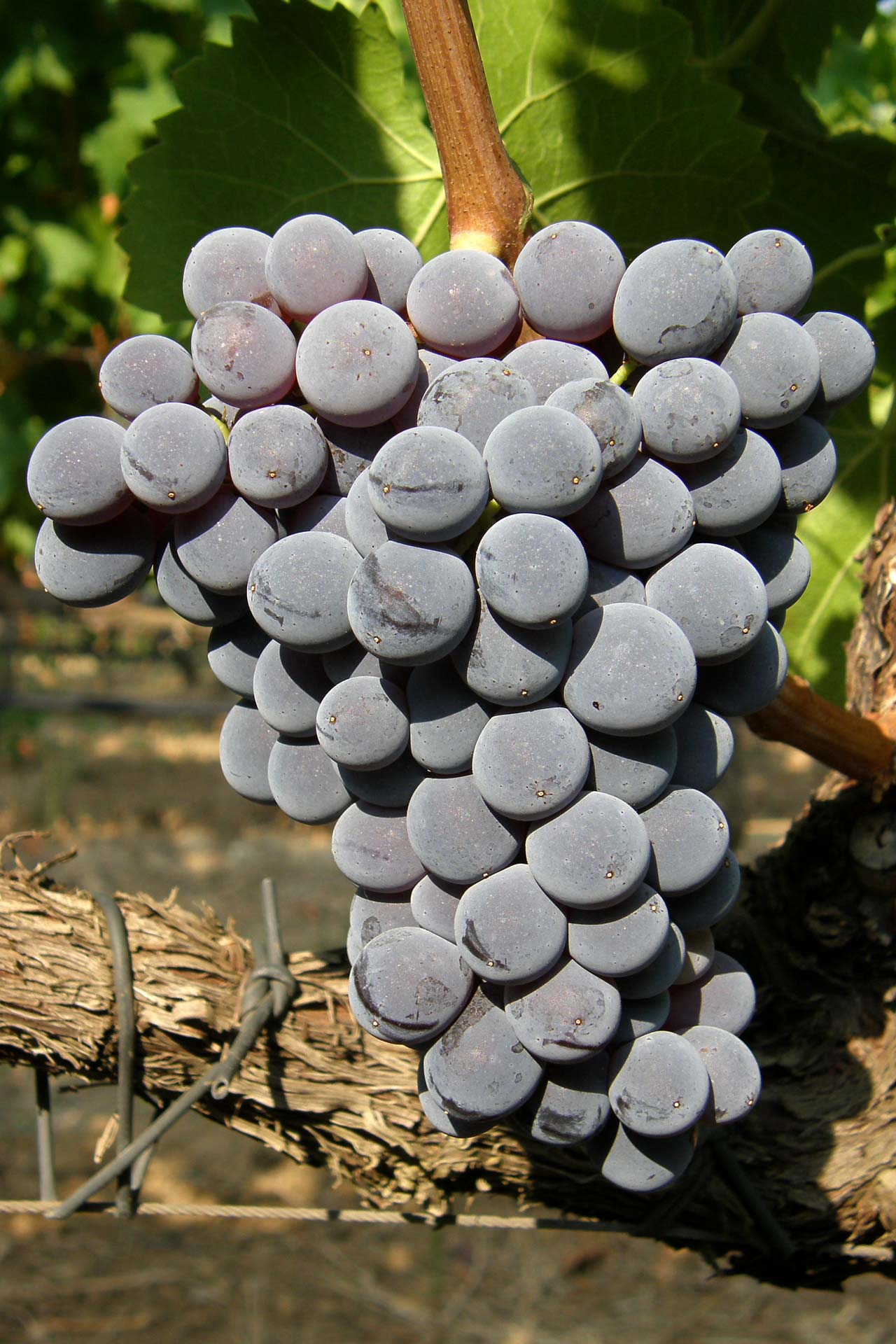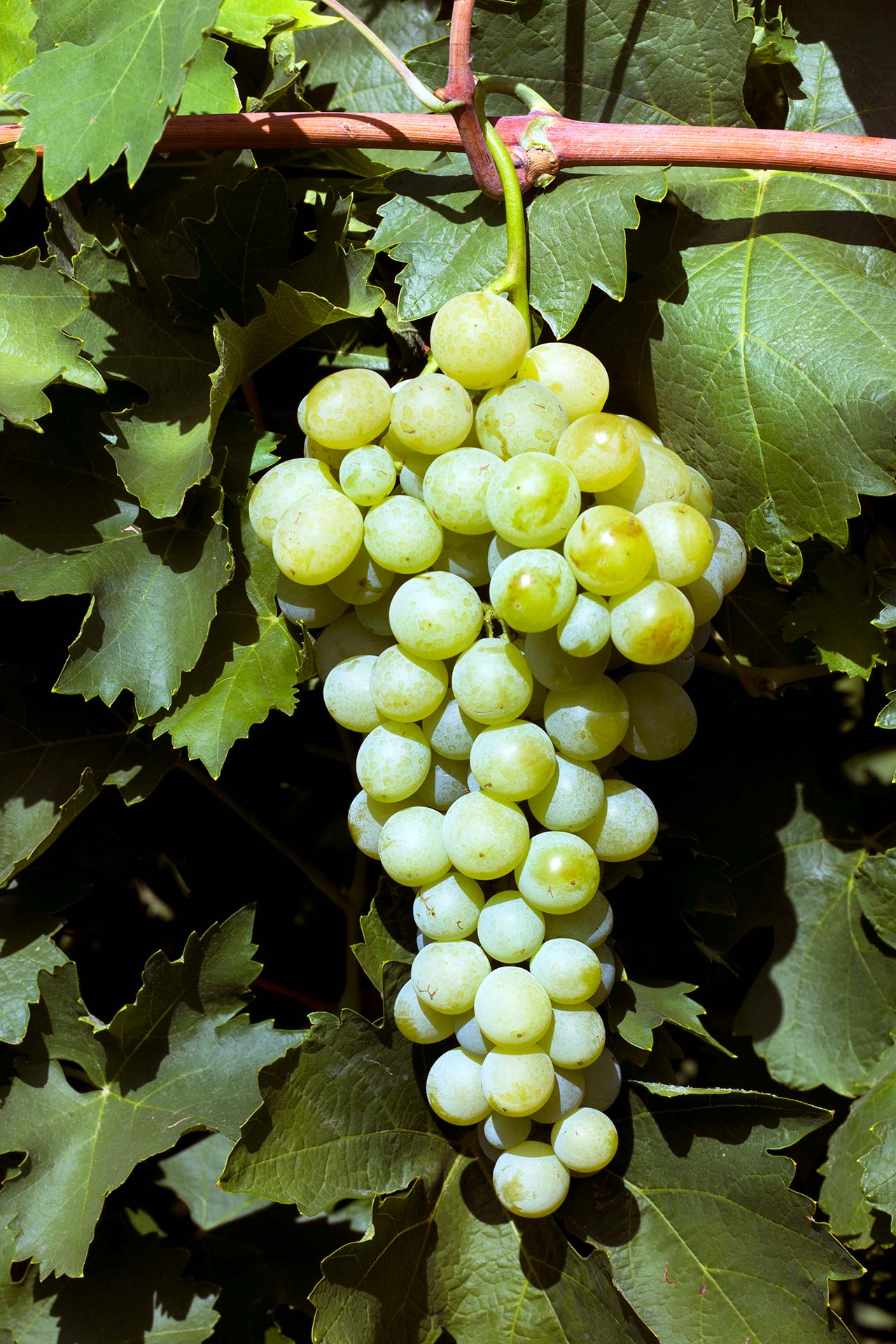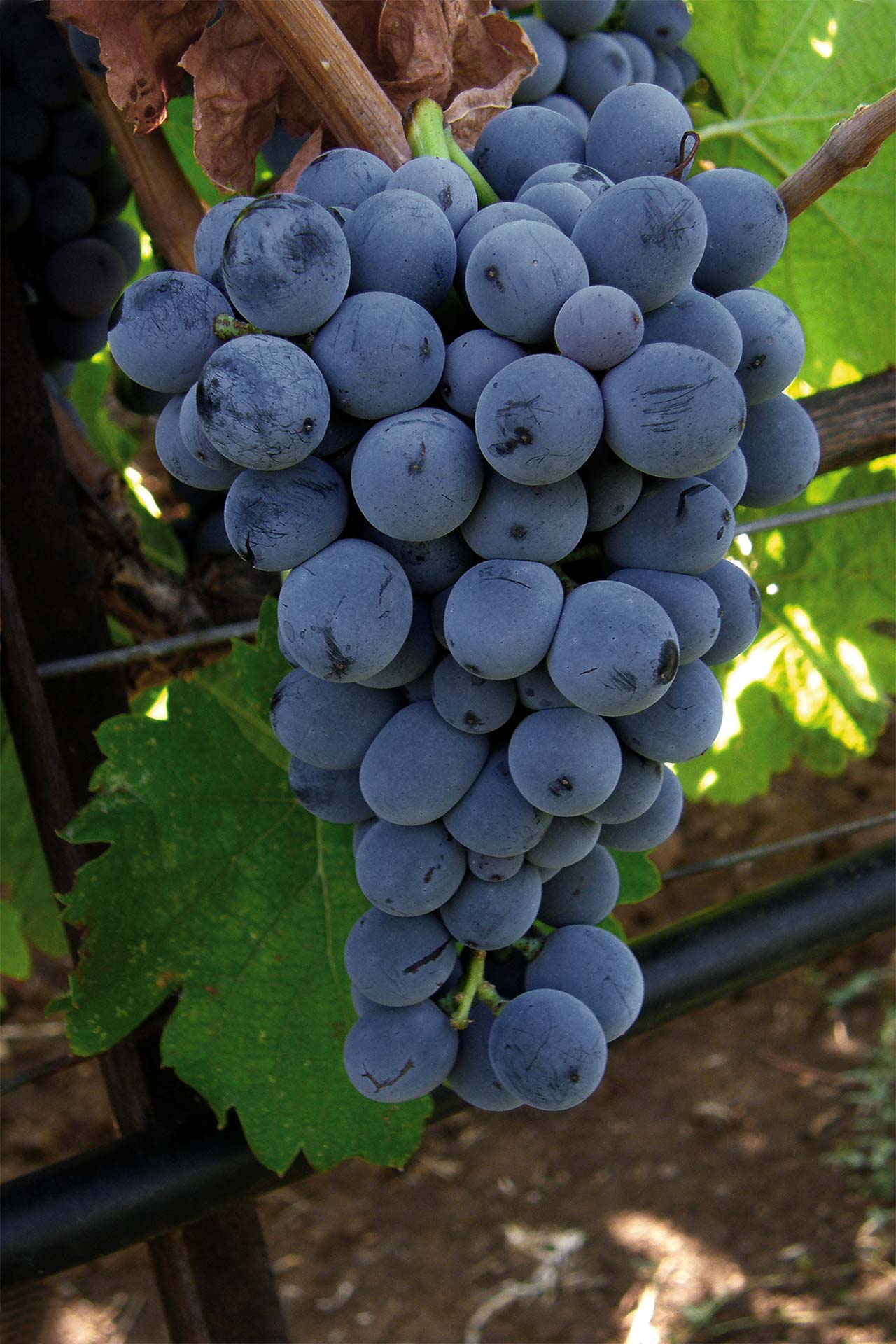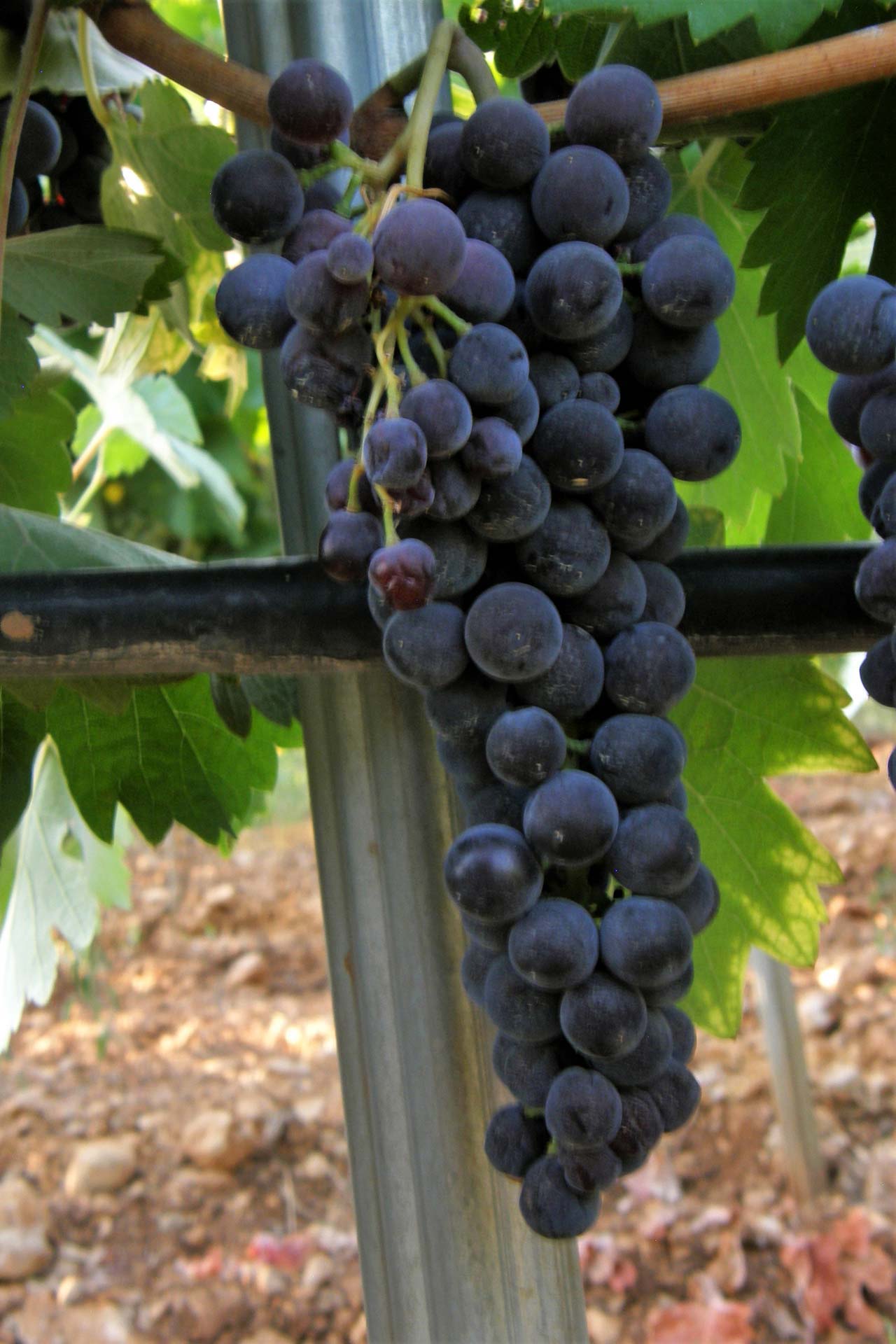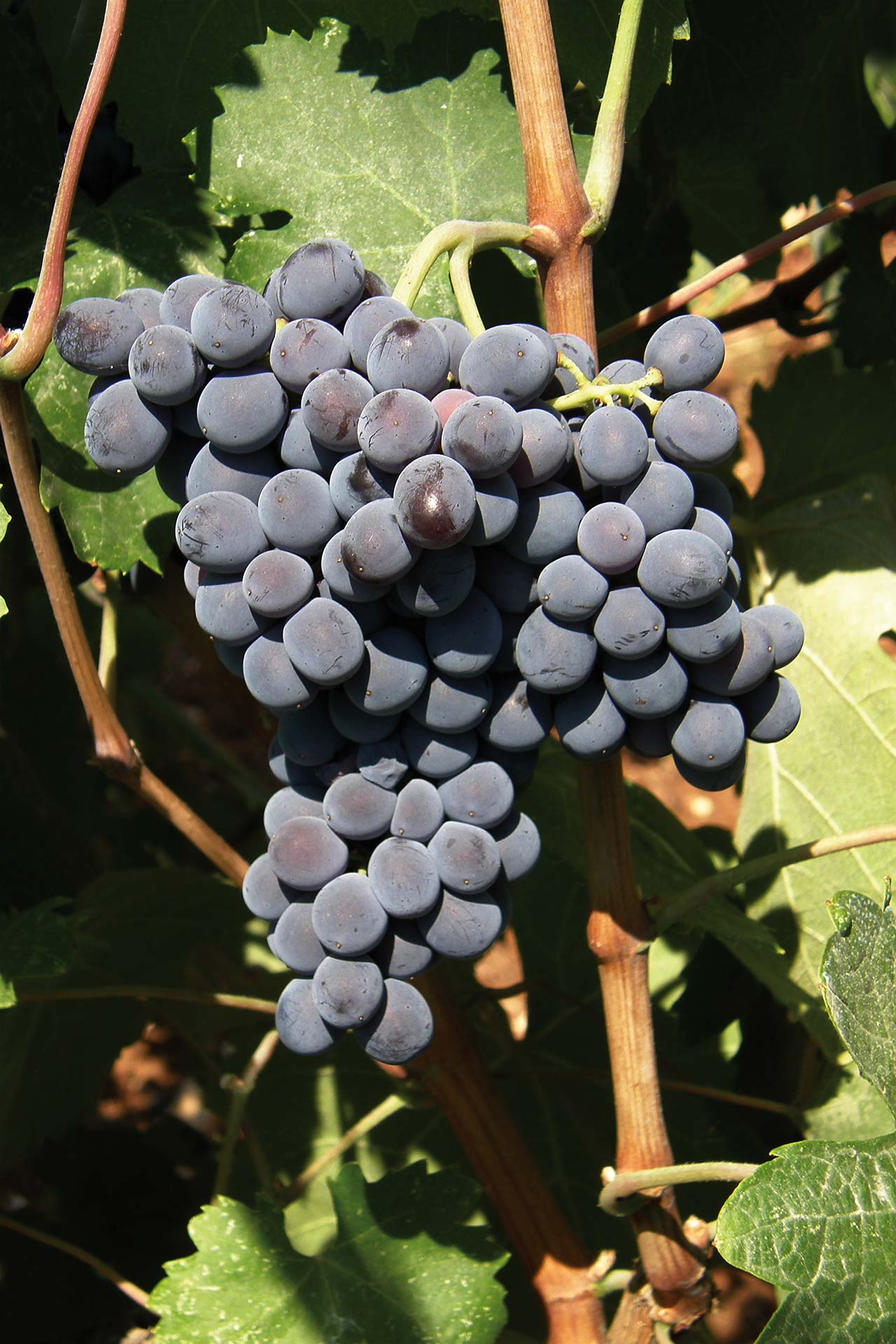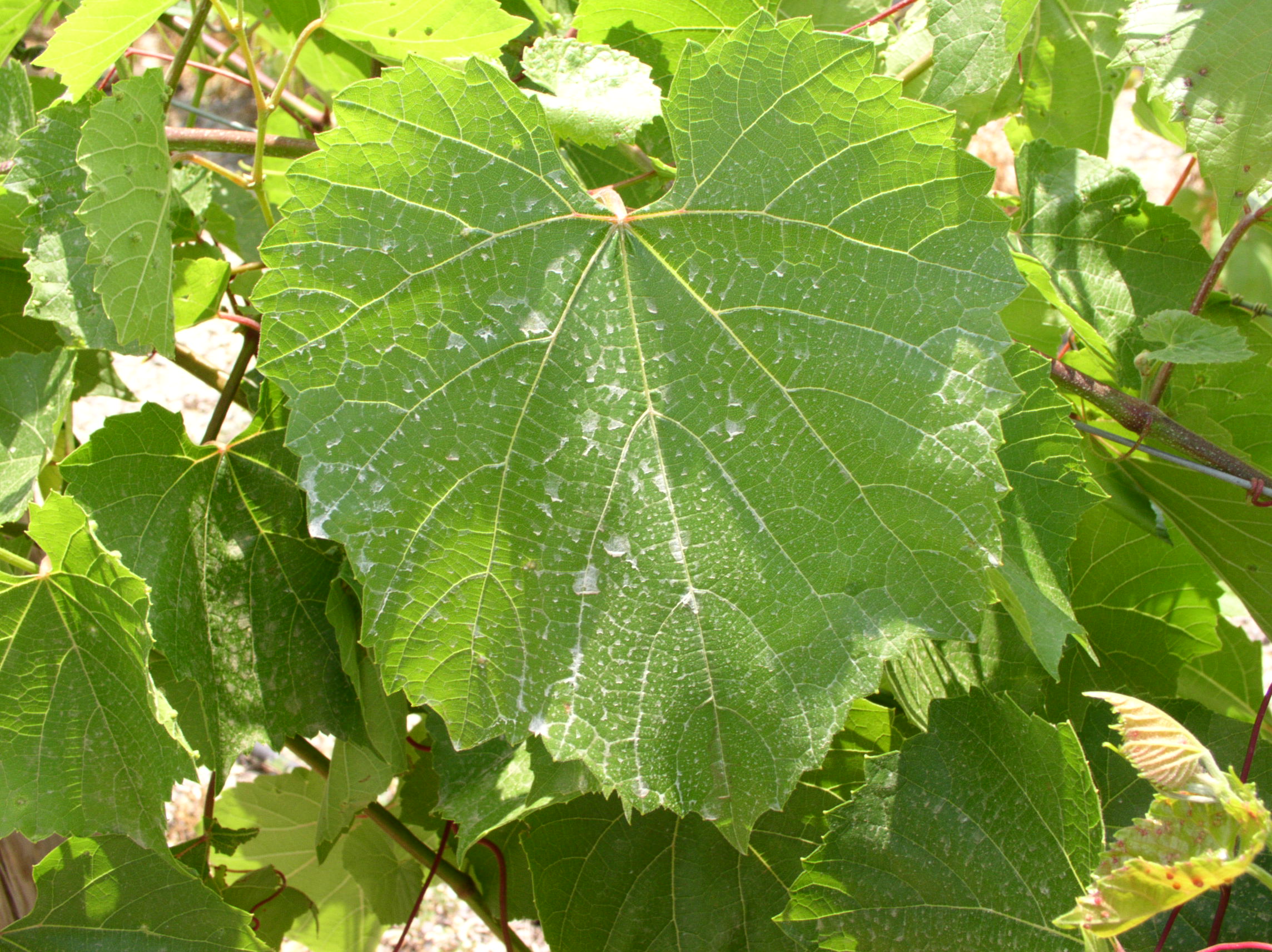
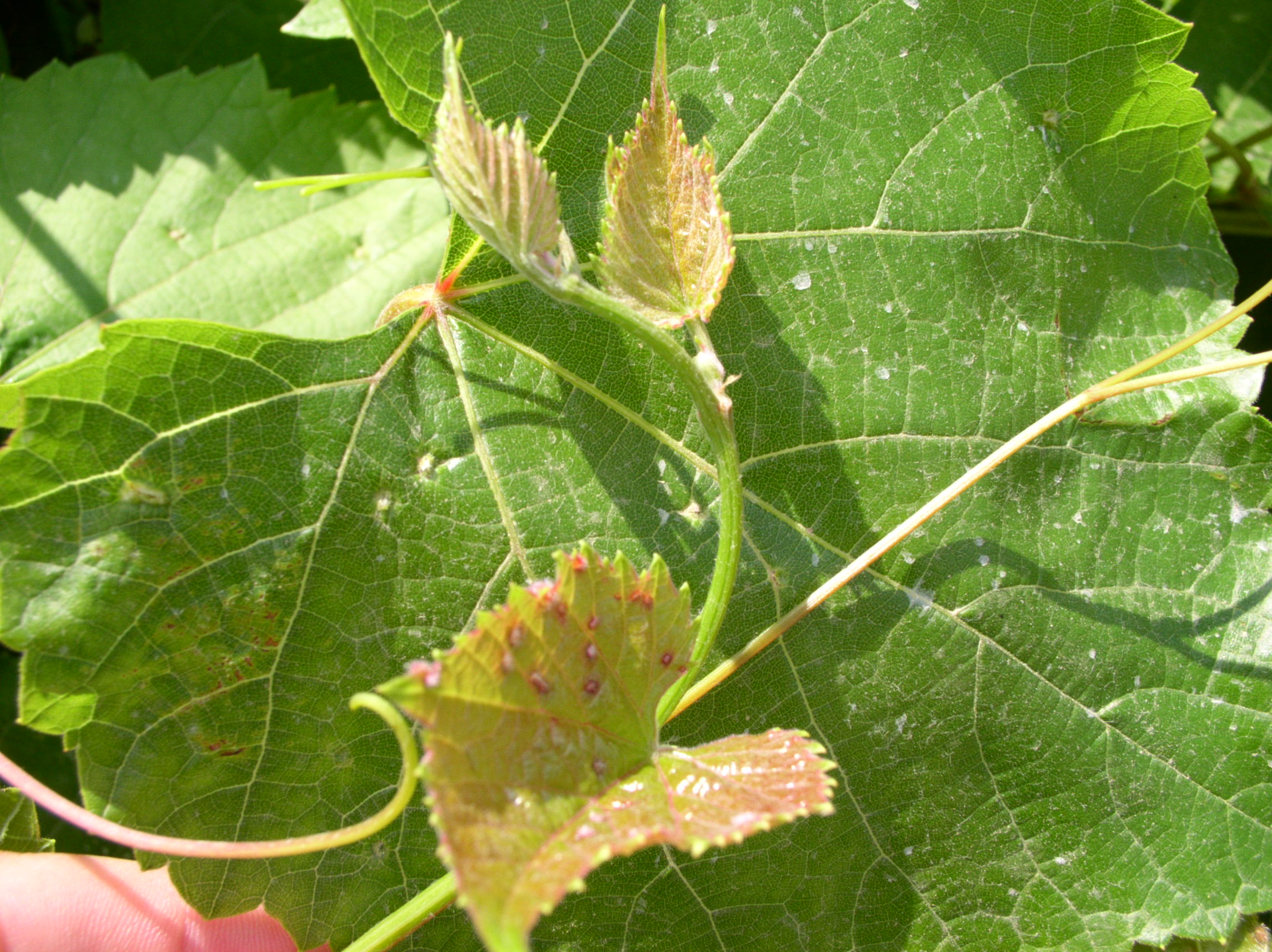
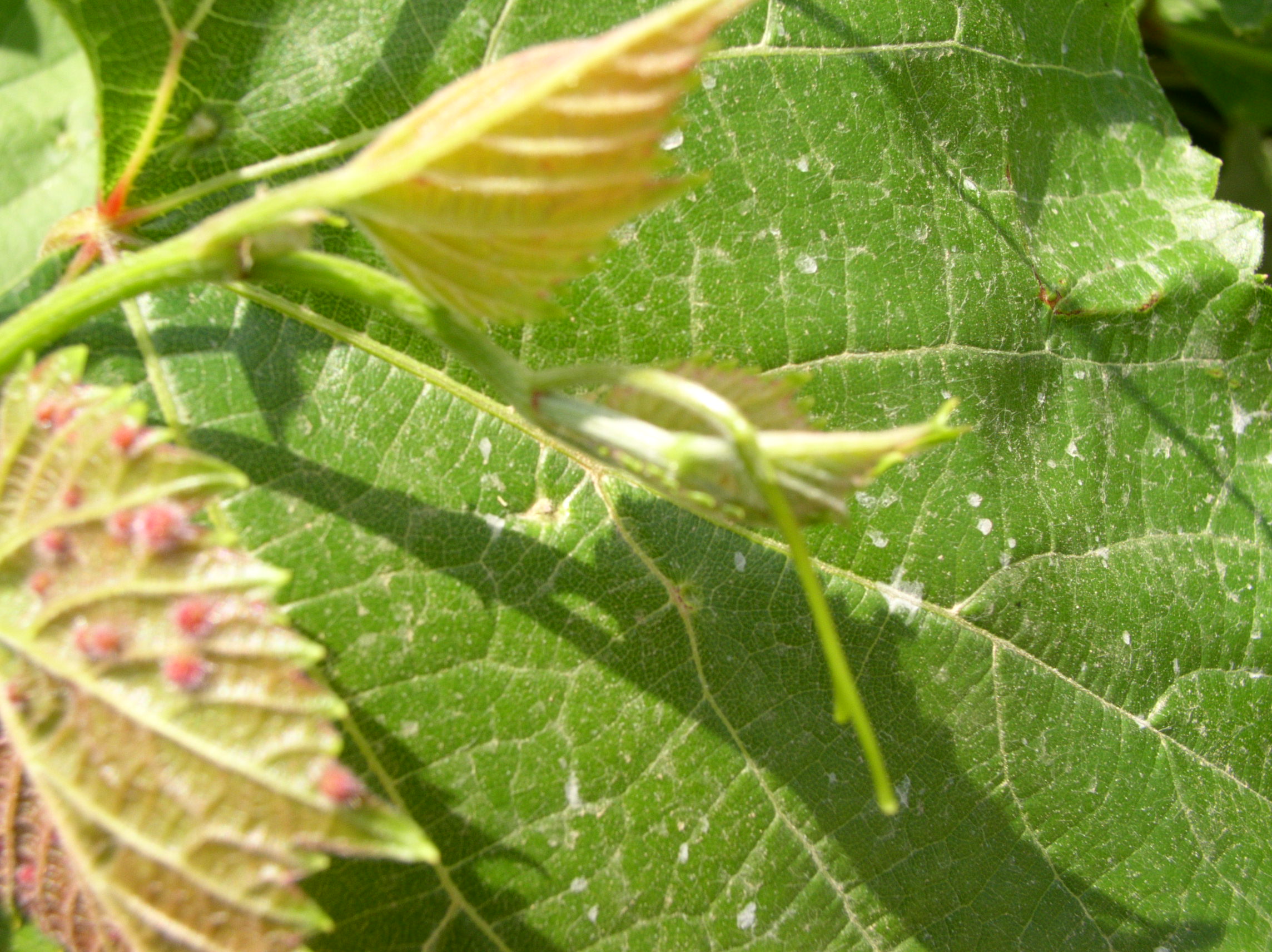
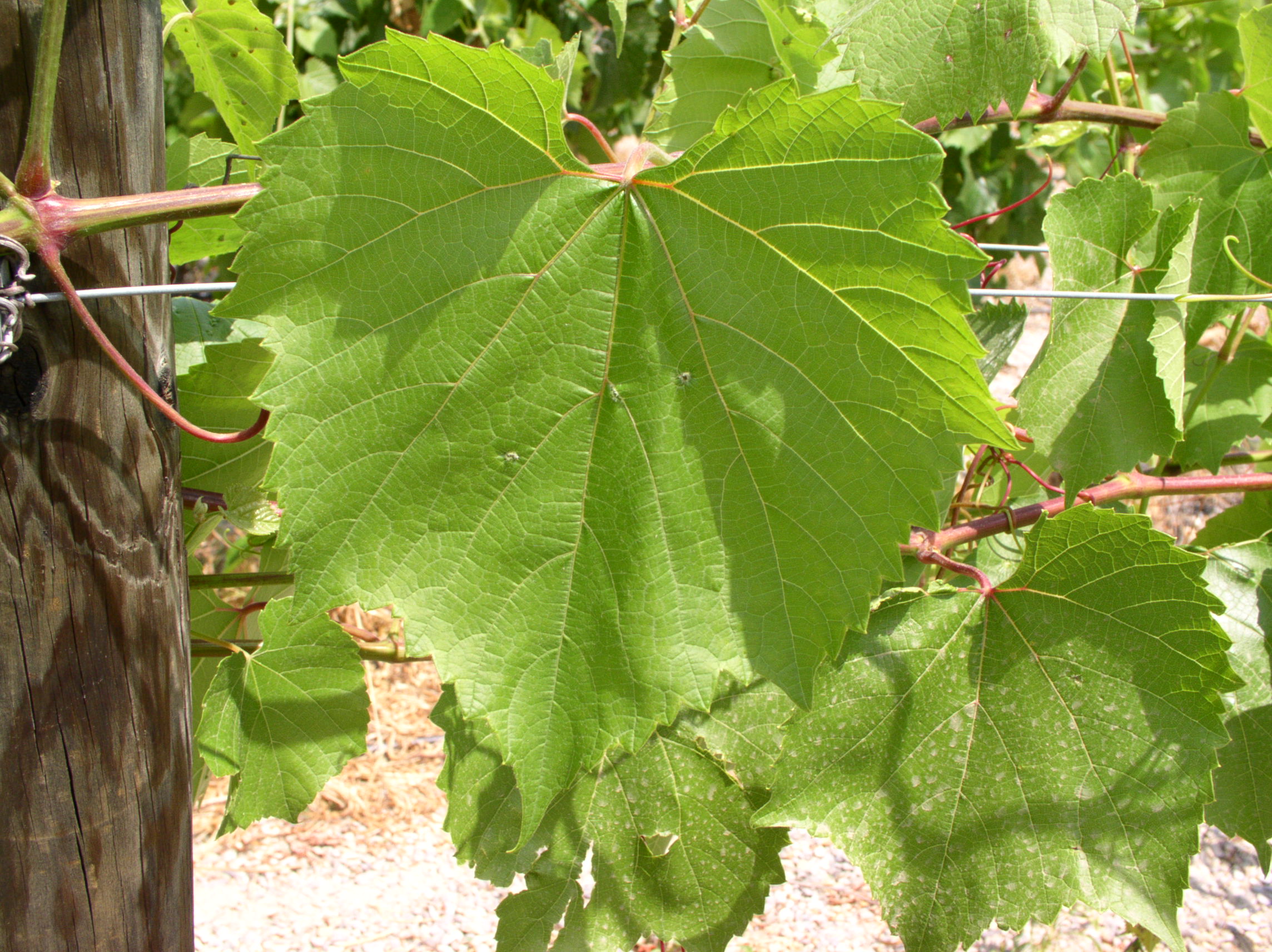
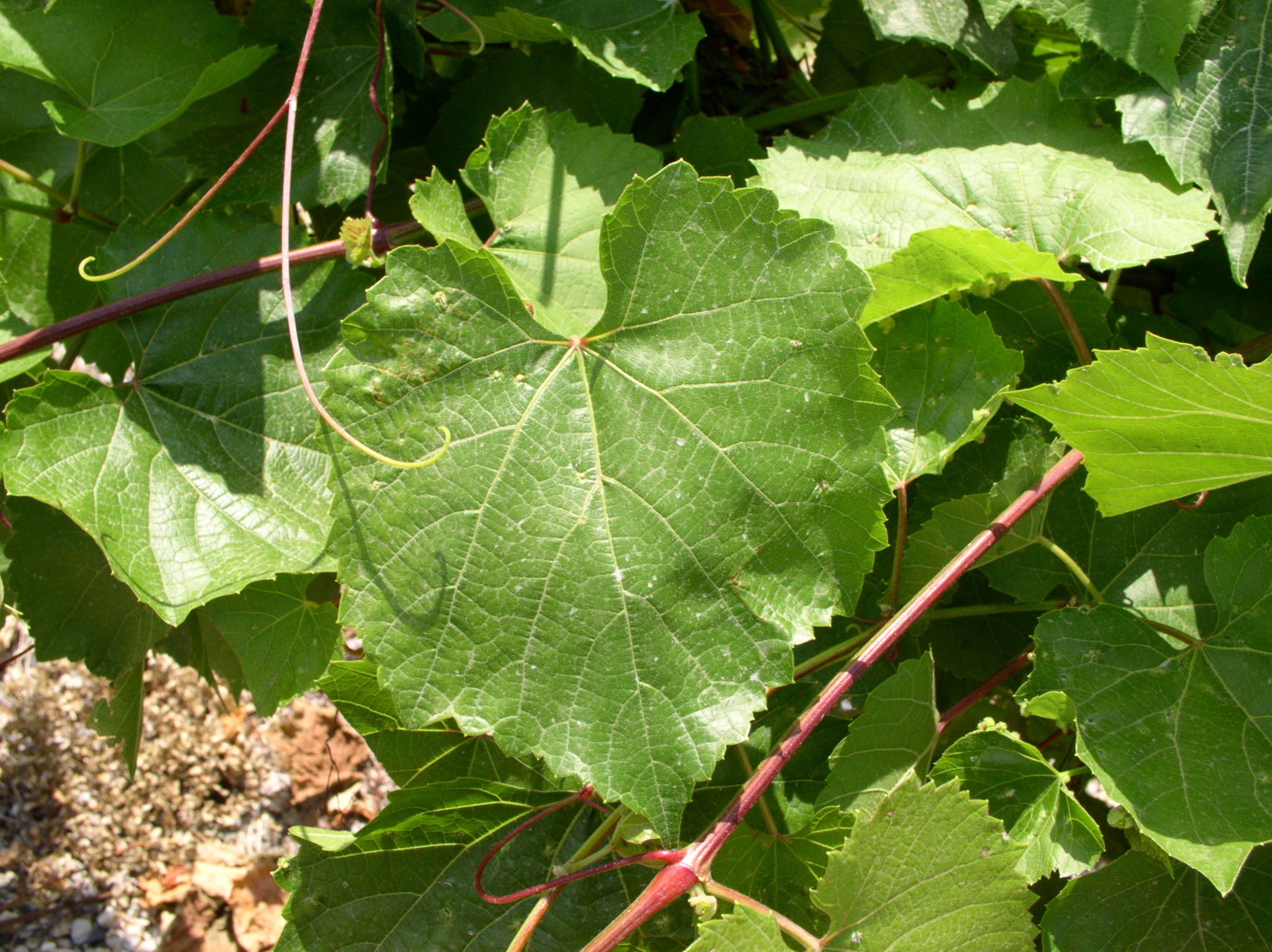
Kober 5 BB
Description
It is a rootstock derived from the cross of vitis berlandieri and vitis riparia deriveing from Euryale Resseguier. Today there are 12 different clones of this rootstock: 76, 77, 78, 79, 114, 127, 129, 149, 191, 259, 753, and 1106.
Resistance to Soil Pests
5 BB is highly resistant to the root form of phylloxera and to the nematodes Meloidogyne incognita and Meloidogyne hapla. On the other hand, its resistance to the nematodes Meloidogyne arenaria is moderate and is susceptible to Agrobacterium vitis.
Adaptation
5 BB is resistant up to 40% to total calcium and 22% to active calcium and CCI* (see R 110) up to 40. Its resistance to iron chlorosis can be considered moderate to good. 5 BB is suitable for high humidity conditions and especially for sandy soils.
Interaction with the implant and production targets
In general, 5 BB transmits a very important robustness that tends to "delay" the ripening of the grapes. It is sometimes incompatible with varieties such as Cabernet Franc N, Cabernet Sauvignon N, Colombard B and Sauvignon B, especially when they are carriers of the leaf roll virus type 2 (GLRaV - 2). In case of infection with the infectious degeneration virus, 5 BB externalizes the infection with the presence of intracellular "cords" in the wood vessels. The grapes produced may have lower sugar and polyphenol levels.
Specific multiplication properties
5 BB is a very good wood producer ( 80,000-100,000 metres / ha); it is considered to be the largest producer, among the rootstock commonly used. The internodes are long and of medium diameter, while the growth of the node buds is limited. The performance of the grafts in both cutting and grafting is quite good.
Parasite Resiliance
5 BB manifests low to moderate sensitivity to the foliar form of phylloxera and has a high degree of tolerance to downy mildew.




